Keep Up to Date with MDG
MDG News and Updates
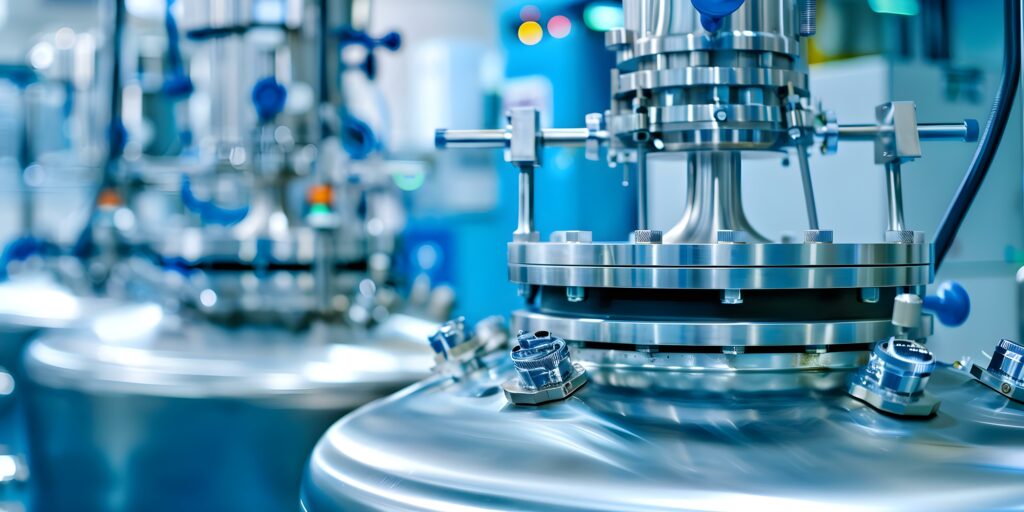
Upcoming Webinar—Know Before You Grow: Microbial Contract Manufacturing with MDG
Microbial contract manufacturing doesn’t have to be confusing when you work with the right partner. In our upcoming webinar, we will explore the first steps of contract manufacturing at MDG, giving you the inside scoop on what you should know before you grow. Hear from Shannon Losing (Director of Quality and Regulatory) and Stephanie Weber (Research Manager of Process Development) as they discuss pre-screening questions you will encounter as a potential client and our process development workflow. Stick around until the end for a chance to ask your questions live! Join us on Thursday, June 12, at 1:00 PM CDT as our experts present “Know Before You Grow: Microbial Contract Manufacturing with MDG”. Register for free today to claim your spot!

Choose Bacillus for Septic System Maintenance
According to the EPA, over 20% of US homes rely on septic systems to treat their wastewater.1 When these systems are not properly maintained, multiple issues can arise, such as backups, odors, and flooding. To offer your customers reliable septic system maintenance solutions, you need a trusted partner who’s dedicated to your business growth. At MDG, we provide both high-performing Bacillus-based ingredients for your products and the education you need to succeed in the marketplace. Discover the advantages of using microbial treatments for septic systems, and learn why our Bacillus delivers superior cleaning power. Why should I offer Bacillus-based products for septic system maintenance? It’s crucial to keep septic systems clean and clear between routine pump-outs. Otherwise, minor issues can compound into system failures, causing a host of problems for your customers. Products formulated with SporActiv®, MDG’s line of Bacillus-based ingredients, are great choices for maintaining septic systems. First, Bacillus bacteria thrive in environments rich in sludge, waste, and odor-causing compounds—which is just what a typical septic system looks like, making them the perfect place for growth. As these resilient bacteria digest and remove the unwanted substances in septic systems, they decrease odor production and slow the buildup of solids. […]
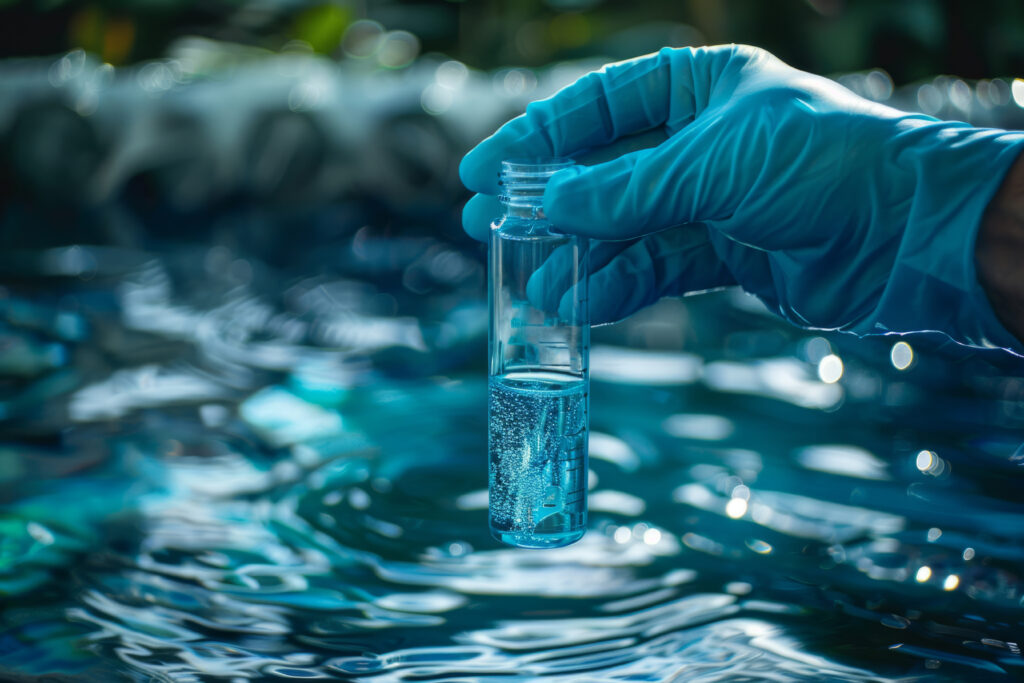
A Distributor’s Guide to Improving Water Quality
Water quality is crucial for wastewater treatment facility operators to maintain—not only to meet compliance standards for their effluent, but also to keep their systems running smoothly. As experts in helping you monitor and improve this key metric at your customers’ facilities, we offer powerful solutions that grow your business. In this brief guide, learn about the variables that contribute to water quality and discover how you can harness the power of bioaugmentation to help your customers see improvements. Defining Water Quality Variables There are three major variables that indicate water quality in a wastewater treatment system: total suspended solids, or TSS; chemical oxygen demand, or COD; and biological oxygen demand, or BOD (Figure 1). Figure 1: A visual depiction of the relationship between the three main water quality variables. TSS is a measurement of the amount of solids present in wastewater. The makeup of TSS varies from system to system, but it typically includes both organic and inorganic material. Organic elements of TSS include biomass (the living and non-living cells present in the system) and particulates (organic material from the influent). Non-living biomass and particulates are the components of many common problem-causers in wastewater, such as FOG and sludge. […]

Transform Your Probiotic Products with BoostBac™
Our mission to Feed, Clean, Save the World focuses on improving human health and diving deep into research and development of Bacillus-based probiotic ingredients. We recently released our new probiotic product, BoostBac™, which positively affects the gut microbiome and can lead to a variety of beneficial health outcomes. If you’re a supplier or manufacturer of probiotics seeking to expand your product portfolio with an innovative, versatile ingredient, BoostBac™ could be the solution you’re looking for! Discover the capabilities and mechanisms of this powerful product, and find out how you can partner with us to use BoostBac™ in your own formulations. What does BoostBac™ do? After preclinical and pilot studies, we conducted a six-week randomized, placebo-controlled, double-blinded clinical efficacy study for BoostBac™. Nearly 300 people across the United States completed the study, representing a wide range of ages, genders, and ethnicities. The results of this trial provide clinical evidence that BoostBac™ can reduce sleep problems and decrease persistent, systemic inflammation throughout the body. BoostBac™ and Sleep A portion of the clinical study included a validated questionnaire with statements assessing various elements of sleep quality that participants responded to weekly. The prompts were scored on a numerical scale, where lower scores directly […]
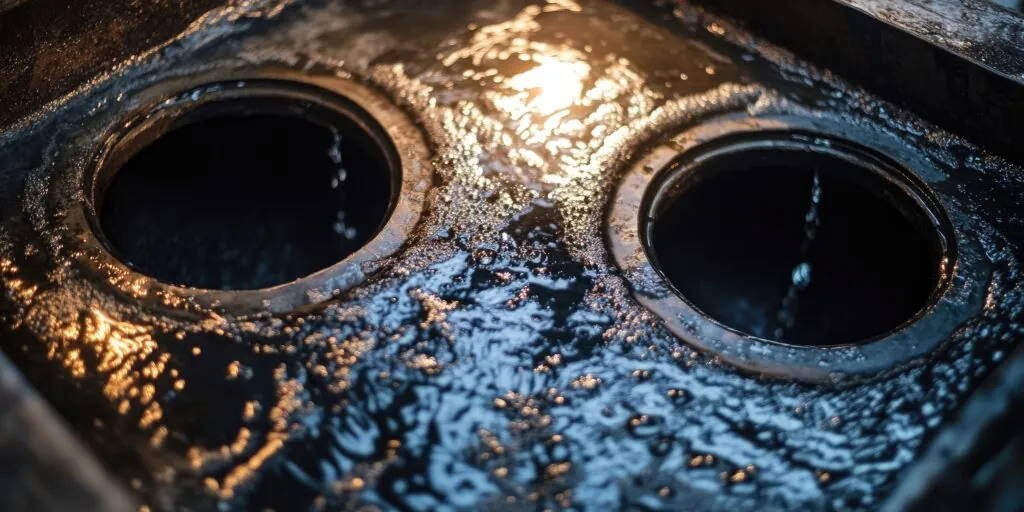
The “Secret Sauce”: Bacillus-Based Treatment for Grease Traps in Industrial and Commercial Kitchens
It can be challenging to control odors and fats, oils, and grease (FOG) buildup in grease traps in day-to-day operations of an industrial kitchen. While it’s essential to keep these traps clear, traditional chemical or mechanical treatments can be time-consuming, expensive, and reactive, leaving many business owners searching for a better solution. At MDG, we have what you need to provide that solution for your customers: Bacillus-based cleaning ingredients. Find out more about the problems that typically arise in grease traps, and discover the “secret sauce” that’ll help you formulate microbial products to drive your business forward. FOG: The Problem Within In industrial and commercial kitchens, grease traps act as filters, catching any FOG in the kitchen’s wastewater before it flows into a drainage system. In a busy restaurant for example, new FOG is constantly being introduced to the system, and buildup can happen if the grease traps are not properly maintained. This leads to clogs and other drainage issues. Odor problems can also arise from food material that rots as it’s trapped in the built-up FOG. If these problems persist, many business owners turn to traditionally used treatments, such as chemical products or mechanical pump-outs. While these may be […]
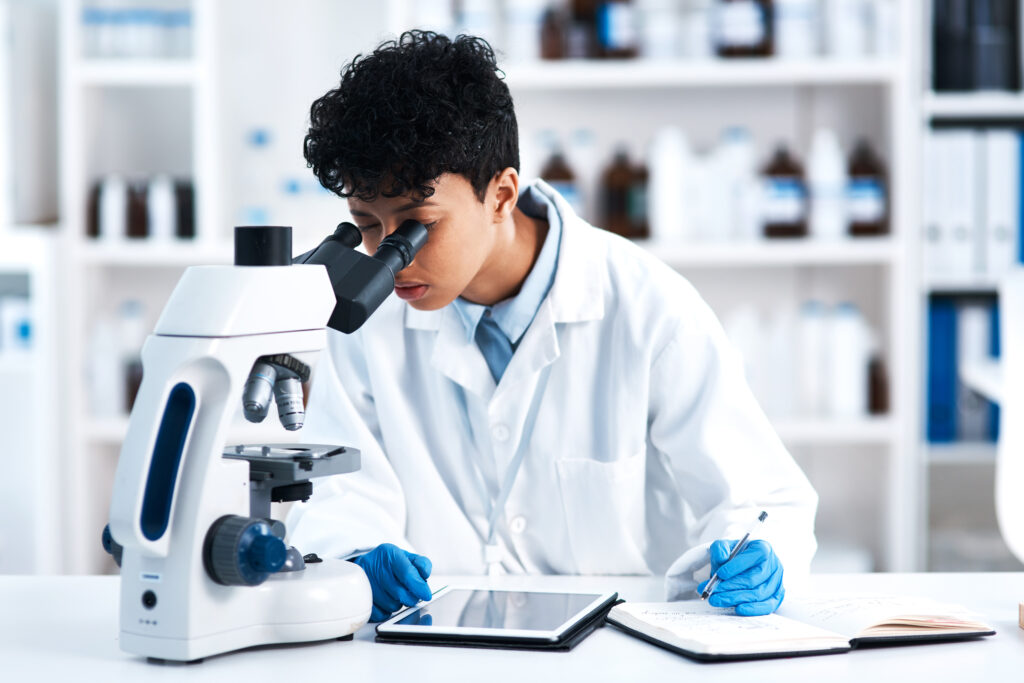
The Real Science of Custom Fermentation
Real Science, Trusted Process, Proven Success. These are the promises we make to each of our customers when they partner with MDG, and in custom fermentation, our focus on Real Science shines through. We’re experts in the precise, complex process of growing and commercially scaling up microbial strains, using novel technologies and exploring new ideas to help you succeed. Check out a few aspects of MDG’s Real Science in custom fermentation: Strain Purity Our practice for maintaining microbial strain purity during growth and production is robust and meticulous. With our trusted methods, we’re able to ensure that your final product is exactly what you intended by screening for non-target organisms and making the effort to confirm your strain’s purity at multiple points during the process. [ Process Development This 12-week process happens before strains even reach our commercial-scale tanks. Our microbiologists find the best medium to maximize your strain’s growth, and they conduct numerous tests to find the optimal environmental variables. At the end of this streamlined workflow, your strain is ready to be scaled up! Drying Techniques Depending on the final product you’re aiming for, the drying technique for your microbial culture may differ. At […]

Probiotic Market Trends and Challenges You Need to Know in 2025
The global probiotics market is anticipated to grow at an annual rate of 14% through 2030,1 which is exciting news for both new and established suppliers and manufacturers of probiotics. However, it’s hard to leverage this popularity without knowing about the individual pieces behind the market’s growth. At MDG, we’re here to guide and support you on your way to success in the human health space, and that starts with understanding the major trends in probiotics and the challenges you may face. Trend: Increasing Consumer Demand Consumers are becoming more interested in health-conscious and environmentally friendly living, and probiotic sales have risen as a result of this broad shift.2 When consumers purchase probiotics to support their lifestyles, they’re most interested in maintaining and promoting gut health,3 but according to recent reports, immune system support and general health/wellness promotion aren’t far behind.1 Many people also associate probiotics with sleep improvement and inflammation reduction, prompting them to seek out products that support those health outcomes.3 Trend: Spore-Formers Outside of consumer trends, spore-forming bacteria like Bacillus have started to make a bigger splash in recent probiotic formulations. Unlike their vegetative bacteria counterparts, spore-formers are resilient enough to withstand the volatile stomach and gut […]

Why Bacillus? A Closer Look at this Powerful Probiotic Ingredient
Lactobacillus and Bifidobacterium are two genera of vegetative bacteria whose historic success in probiotic applications has made them a common ingredient in many final products. However, Bacillus, a spore-forming bacteria, is becoming increasingly more popular due to its stability in diverse applications and the new range of functionalities it offers. Exciting discoveries about Bacillus have opened a fast-growing area of the human health marketplace. Discover what makes this microorganism so powerful and how MDG can help you use Bacillus to achieve success. What are the benefits of using Bacillus in probiotics? Many of Bacillus’s advantages in probiotic products stem from its spore-forming nature. Forming spores allows Bacillus bacteria to maintain their efficacy and survive extreme environmental conditions that vegetative bacteria like Lactobacillus and Bifidobacterium may not be able to tolerate. This hardiness leads to a number of benefits, including: Greater stability: Because of its ability to form spores, Bacillus is highly stable, unlike Lactobacillus or Bifidobacterium. These two alternative, vegetative bacteria are non-spore-forming, so they typically need to go through an encapsulation process to reach the same level of stability, which can be expensive for probiotic manufacturers. Longer shelf life: With the stability of Bacillus, you can sell your product […]

Mitigate the Toughest Odors and Stains with SporActiv® CLEAR
When we formulate new industrial, institutional, and consumer (IIC) cleaning ingredients at MDG, your success is always top of mind. Our SporActiv® line includes scientifically proven products that can help you solve your customers’ challenges and reach your unique business objectives. We’re excited to introduce our newest IIC ingredient: SporActiv® CLEAR! Our most concentrated 20X formulation, CLEAR was designed with newly discovered Bacillus strains that can digest the widest variety of odor and waste materials. Learn why CLEAR stands above other market-leading ingredients as a superior microbial cleaner and discover how you can use it to enhance your product formulations. What does SporActiv® CLEAR do? CLEAR has three major functions for IIC cleaning: Waste/Stain Removal With SporActiv® CLEAR, your product can achieve a deeper clean against stains from pet accidents or food spills. The Bacillus in CLEAR penetrate deep into porous surfaces like carpet, tile, and grout, consuming any organic material left behind from a first wipedown. Plus, since Bacillus are living organisms that thrive and grow in environments rich with these waste/stain components, they continue to work hours and even days after the initial product application. FOG Digestion In places like drains and grease traps, fats, oils, and grease […]
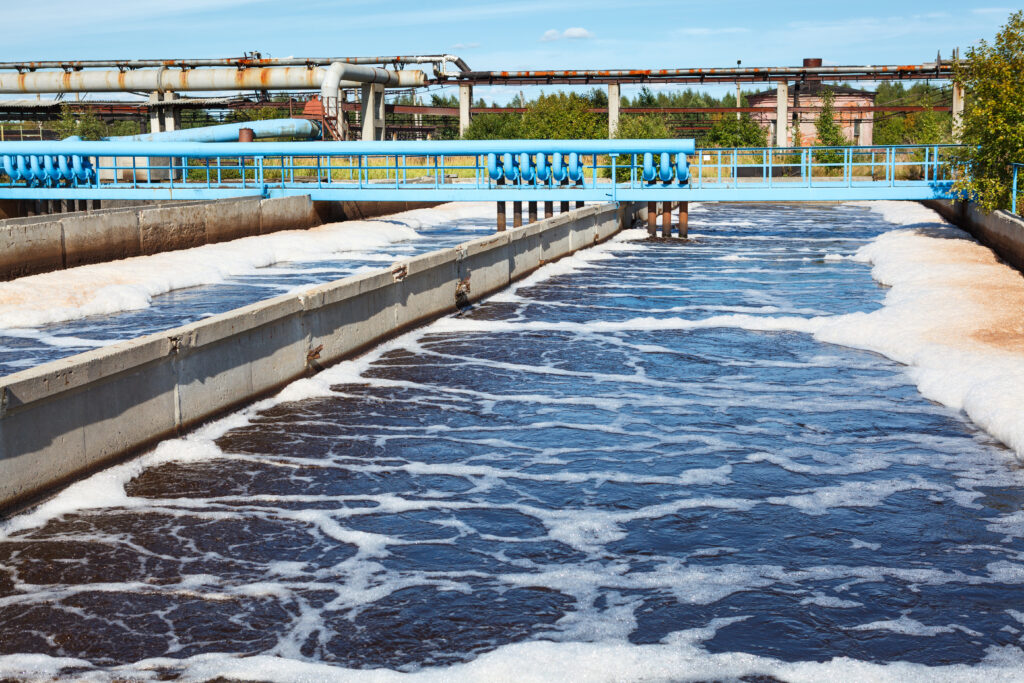
Biotifx® BLOCK: A Smarter Solution for Collection System Treatment
Collection systems are essential parts of the wastewater treatment process, and any operational interruptions can have a negative impact on their efficiency. Typical chemical and/or reactive treatments can also put a financial strain on system operators. Discover the power of Bacillus-based bioaugmentation to proactively treat collection systems, and learn how our newest product, Biotifx® BLOCK, makes treatment even simpler with an easy-to-use dosing method, saving you and your customers time and money. Breaking Down the Problems and Exploring Solutions Although every situation is unique, collection systems tend to face similar time-consuming and expensive challenges. However, our microbial products include scientifically selected Bacillus strains and micronutrient packages formulated to mitigate common wastewater treatment issues, including: Fats, Oils, and Grease (FOG) Challenge: When FOG from wastewater builds up in collection systems, a multitude of issues can arise, such as system backups, foaming, and floating solids. Getting rid of this buildup often requires physical removal. Solution: The Bacillus in our Biotifx® products reduce FOG by using it and other unwanted organic material as food, digesting and removing it from the system. Plus, Bacillus’s consumption of FOG proactively lowers the amount of accumulation in the system, which means your customers can reduce the labor […]